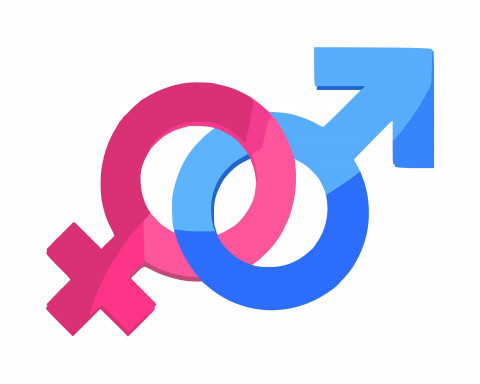
Autism is significantly more common in boys than in girls. This skewed sex ratio has been recognized since the first cases of autism were described in the 1940s. The exact reasons for the ratio remain unclear. It could be rooted in biological differences between the sexes. Or, some experts say, it may be an artifact of the way autism is defined and diagnosed.
Here’s how researchers estimate and explain the sex ratio in autism.
What is the sex ratio for autism?
Researchers have consistently found more boys than girls with autism when estimating the condition’s prevalence. This has been true regardless of whether the data came from parent-reported diagnoses, reviews of school and medical records, or diagnostic evaluations of children.
The most comprehensive analysis of autism’s sex ratio, published in 2017, drew on data from 54 prevalence studies worldwide. That analysis estimated about 4.2 boys with autism for every girl.
What factors might alter this sex ratio?
One potentially important factor is diagnostic bias: Several studies suggest that girls receive autism diagnoses later in life than boys, indicating that the condition is harder to spot in girls.
In line with this idea, the 2017 study revealed that the sex ratio falls to 3.25 boys per girl when the analysis includes only the 20 studies in which researchers evaluated the participants for autism, rather than relying on previous diagnoses. This drop in the ratio provides the most compelling evidence yet for a diagnostic bias, says the study’s lead investigator William Mandy, senior lecturer in clinical psychology at University College London. “It implies that there’s a group of females out there who, if you assess them, will meet criteria, but for whatever reason they’re not getting assessed.”
Why are girls and women with autism being overlooked?
Girls and women with autism may go undiagnosed because doctors, teachers, parents and others often think of the condition as primarily affecting boys.
Autism may also look different in girls than it does in boys. Girls may have fewer restricted interests and repetitive behaviors than boys do, and may have more socially acceptable types of interests. They are also more likely than boys to mask their autism features by copying their neurotypical peers. As a result, autism may be more difficult to detect in girls even when doctors are looking for it.
Would the sex ratio disappear if these diagnostic biases could be overcome?
Probably not. Researchers have found a 3-to-1 ratio even when they have followed children from infancy and repeatedly screened them for autism, minimizing the possibility for biases in diagnosis and referral. The children in these studies have a family history of autism, however, so they may be fundamentally different from other children with the condition, says Daniel Messinger, professor of psychology at the University of Miami.
Has the sex ratio changed over time?
Yes. A large Danish study found an 8-to-1 sex ratio for autism in 1995, but that had dropped to 3-to-1 by 2010. The drop may reflect better detection of girls with autism, but is likely to level off. “I would put my money on 3-to-1,” says Meng-Chuan Lai, assistant professor of psychiatry at the University of Toronto.
What else could explain the sex ratio?
Biology. For example, the brains of people with autism show patterns of gene expression that look more like those of typical males than typical females. Some of these genes are specific to microglia, immune cells in the brain that clear away debris and sculpt neuronal connections.
It is also possible that girls are somehow shielded from the condition. Girls with autism tend to have more mutations than boys with the condition. And boys with autism seem to inherit their mutations from unaffected mothers more often than from unaffected fathers. Together, these results suggest that girls need a bigger genetic hit than boys to have autism.
from https://www.spectrumnews.org/news/autis…
see also:
- 2015/10 Sex/gender in autism
- 2015/10 The lost girls
- 2017/04 Estimate of autism’s sex ratio reaches new low
- 2017/05 Diagnostic tests miss autism features in girls